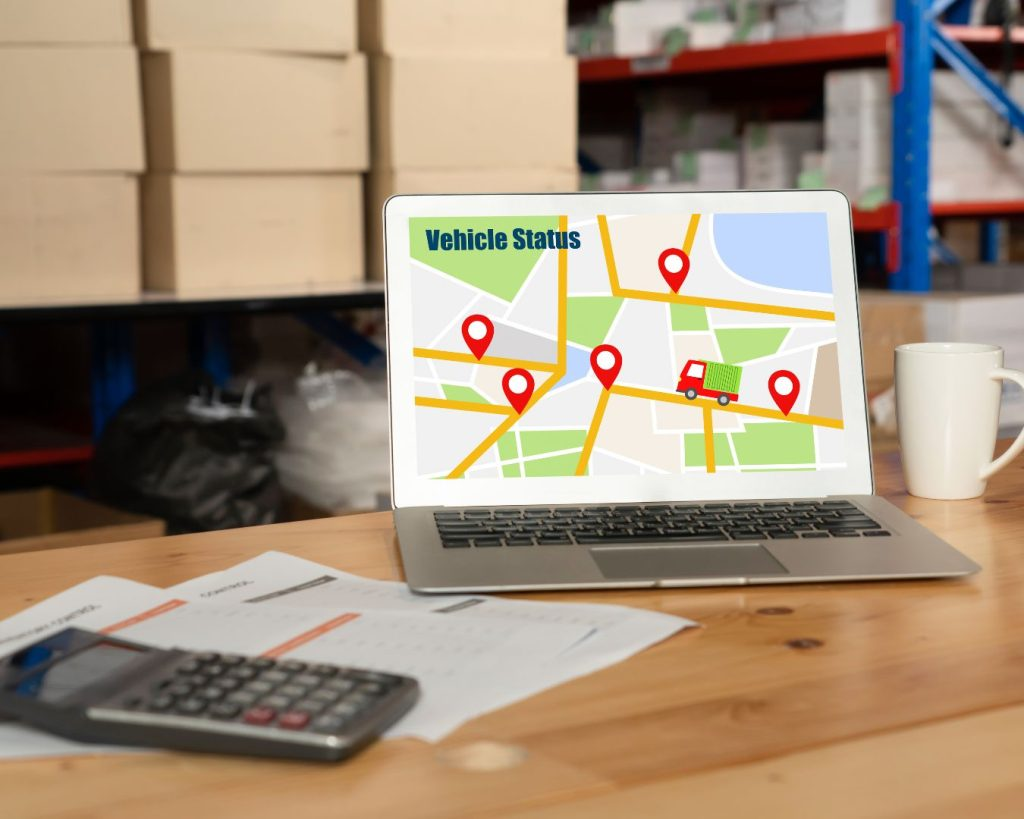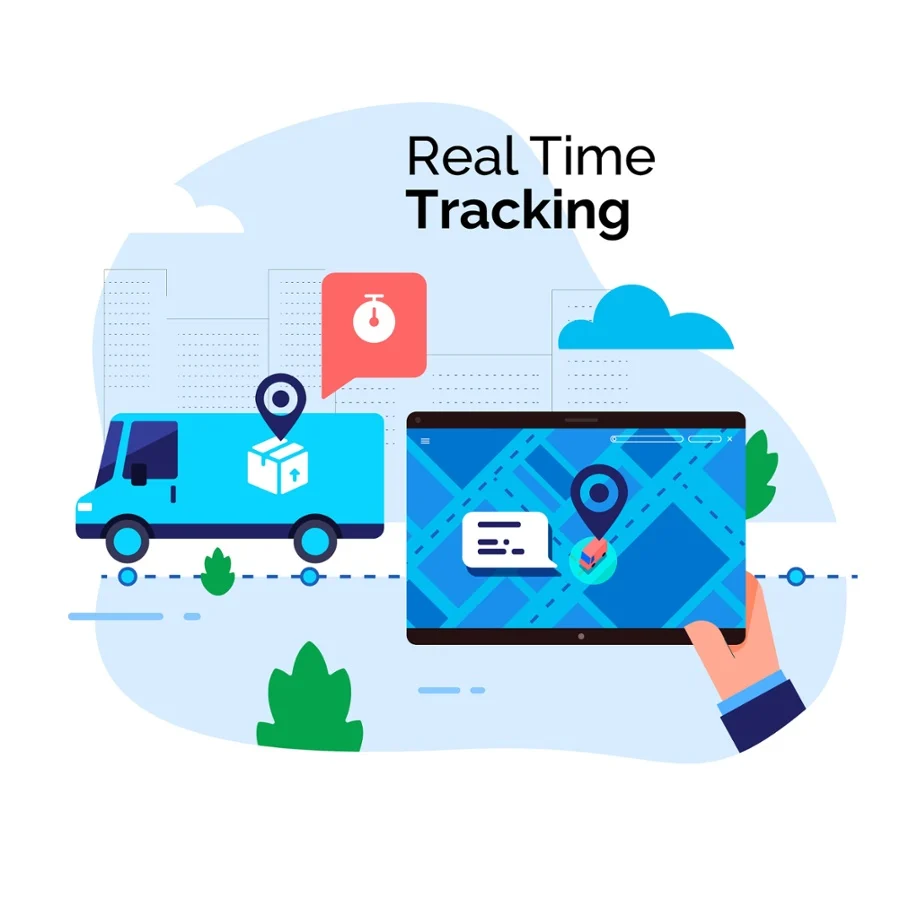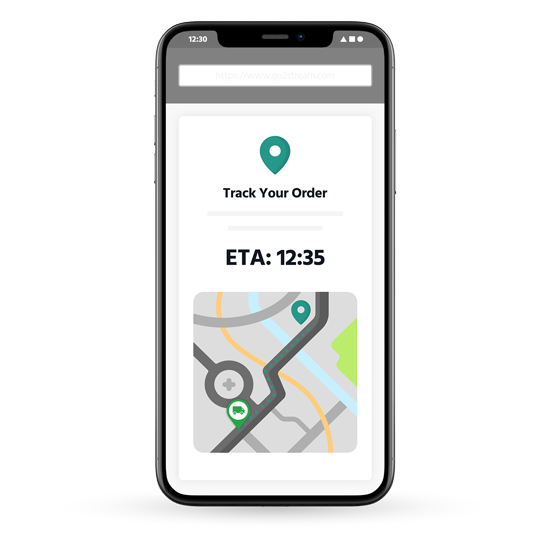Real-Time Tracking vs. Delayed Reports: ROI Showdown
In logistics, time isn’t just money—it’s everything. Companies seeking operational efficiency and cost-effectiveness are increasingly evaluating their tracking strategies. One key question stands out: Is real-time shipment tracking truly worth the investment compared to delayed status reports? This article explores the return on investment (ROI) of both methods, highlighting how real-time tracking can significantly enhance logistics performance while reducing operational risk.

Understanding the Two Approaches
Real-time shipment tracking provides continuous, live updates on parcel location, status, and estimated arrival times. Data is typically pulled directly from GPS-enabled devices or integrated APIs with carrier networks. In contrast, delayed status reports rely on periodic updates — sometimes only at major checkpoints, or after a delivery is completed. While more affordable, this approach lacks immediacy and visibility.
Both methods serve the same purpose—providing information. But they do so at different speeds, accuracies, and levels of reliability. These differences play a pivotal role in downstream operations, from customer communication to inventory control.
ROI Breakdown: Where Real-Time Tracking Delivers

1. Operational Efficiency
With real-time tracking, warehouse teams can better coordinate labor based on accurate arrival times. This minimizes idle time and helps optimize loading dock schedules. Delayed reports, on the other hand, offer no predictive capability, forcing businesses to either over-prepare or scramble when shipments arrive unexpectedly.
Take Postalparcel, a logistics service provider specializing in carrier management and delivery services. For a European fashion retailer facing unpredictable delivery patterns from third-party carriers, Postalparcel implemented real-time visibility for all inbound freight. This enabled the brand to dynamically allocate storage space and labor, reducing warehouse idle time by 26% and improving fulfillment speed by 31% across five countries.
2. Customer Experience and Trust
Consumers today expect more than a “shipped” status. They want to know where their package is, in real time. Live tracking links, automated SMS updates, and accurate ETAs build trust and reduce customer service queries. In contrast, delayed updates often lead to uncertainty, frustration, and higher support costs.

A major electronics retailer in Asia integrated Postalparcel’s delivery services with real-time tracking alerts. After switching, customer complaints related to delivery delays dropped by 40%, and support center call volume fell by 22% — improving both cost savings and brand perception.
3. Inventory and Order Management Alignment
Inventory control is another area where timing matters. Real-time tracking helps sync physical stock movements with digital inventory systems, enabling better forecasting, restocking, and order fulfillment decisions. Late updates can skew system data, creating blind spots in product availability.
Postalparcel’s inventory and order management services bridge this gap for small and medium-sized businesses. By offering real-time insights into shipment flow, businesses can make smarter decisions about order priorities, supplier reorders, and returns processing—all without investing in expensive standalone systems.
Financial Perspective: Comparing Costs vs. Returns
Let’s consider the cost-to-benefit ratio. While real-time tracking platforms and service integrations come with a higher upfront or subscription cost, the long-term savings are measurable:
| Metric | Real-Time Tracking | Delayed Status Reports |
|---|---|---|
| Labor Efficiency | Higher (optimized shifts) | Lower (manual adjustment) |
| Customer Support Cost | Lower (fewer inquiries) | Higher (more calls/emails) |
| Stock Holding/Storage Costs | Lower (better timing control) | Higher (buffer inventory needed) |
| Missed Delivery Fees/Returns | Fewer | More frequent |
| Delivery Time Accuracy | Precise | Approximate |
Over a 12-month period, businesses using real-time tracking often report ROI improvements between 8%–20%, depending on scale and integration depth.
Scalability and Adaptability
Another reason real-time tracking outpaces delayed reports is scalability. As businesses expand into new regions or deal with multiple carriers, maintaining centralized visibility becomes vital. Delayed systems often break down under complexity, requiring constant manual reconciliation.
Postalparcel has proven success scaling its services across borders, helping businesses consolidate fragmented logistics data into a single interface. Whether managing deliveries in Europe, North America, or Southeast Asia, their service provides flexibility without added system complexity—making it especially suitable for e-commerce brands and distributed supply chains.
When Delayed Reports Might Still Work

To be fair, delayed status reports aren’t entirely obsolete. For businesses with low shipment volumes, long lead times, or minimal delivery expectations, they may suffice—at least temporarily. They offer a lower barrier to entry and can be a stepping stone for startups just beginning to optimize logistics.
However, these companies often outgrow delayed reporting quickly. As competition rises and customer expectations grow, reactive models can’t keep up. The transition to real-time isn’t just a technological upgrade—it’s a strategic shift.
Final Thoughts
In today’s connected supply chain, visibility is power. Comparing real-time shipment tracking with delayed status reports isn’t just about speed—it’s about control, cost efficiency, and customer trust. Real-time visibility enables better planning, fewer disruptions, and more predictable outcomes across every touchpoint in the logistics process.
For businesses looking to optimize their logistics operations, services like those offered by Postalparcel—including delivery management, carrier coordination, and inventory-aware tracking—provide a high-ROI solution without the complexity of traditional systems.
Industry Insights
news via inbox
Nulla turp dis cursus. Integer liberos euismod pretium faucibua







